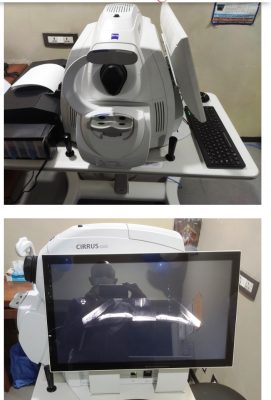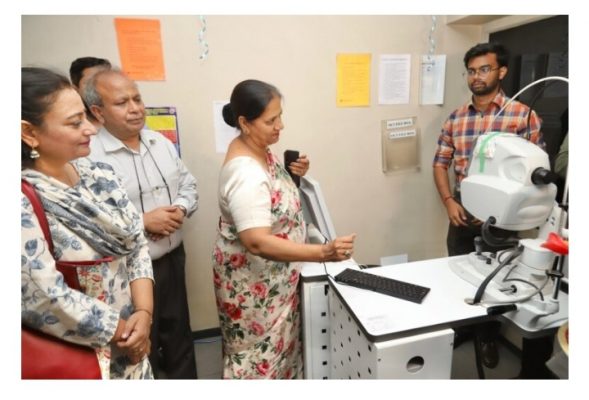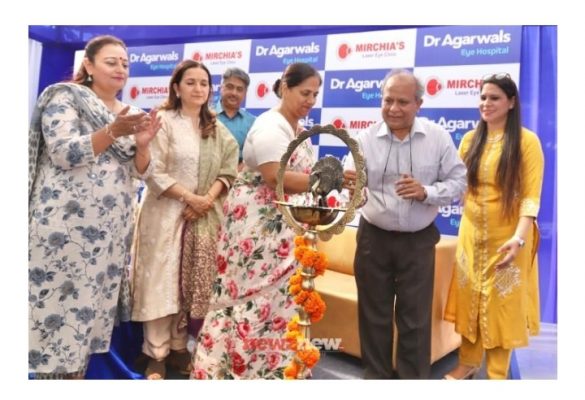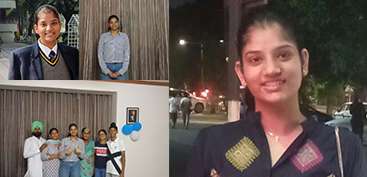Mirchia’s Laser Clinic, a unit of Dr Agarwal’s Eye Hospital a leading specialist and state-of-the-art facility in Sector 22, Chandigarh, has now introduced the ultra-wide field and ultra high definition, multimodal imaging facility for detecting different kind of problems in the retina.
The hospital has also started a new chapter in eye care excellence with the high performance ‘Optical Coherence Tomography Angiography (OCTA)’ system from Germany.
The new ‘Centre of Excellence for Retina’ boasting of Multimodal Imaging Facility and ‘OCT-A’ was unveiled by Dr Suman Singh, Director, Health and Family Welfare, and Mission Director, National Health Mission, Union Territory of Chandigarh.
In reply to a question, Dr Mirchia said that overall, all diseases of the retina can now be correctly diagnosed and adequately treated by the expert team of retina specialists at our hospital. “The technologies we have introduced will result in deep diagnosis of retinal conditions under one roof,” said Dr Rajiv Mirchia, Director, Mirchia’s Laser Eye Clinic, a unit of Dr Agarwal’s Eye Hospital.
“Ultra-wide field and ultra high definition, multimodal imaging facility is an advanced imaging technique that produces high-resolution 3-D angiograms of the retinal and choroidal blood vessels, for effective detection of retinal diseases and abnormalities. This enables the doctor to evaluate retinal pathologies from the centre of retina to the extreme periphery,” explained Dr Mirchia.

Dr Mirchia, addressing the media along with his team of retina specialists, Dr Parveen Sen, Dr Shilpa Goyal, and Dr Sahil Jain, said, “This technique provides a 163-degree ultra-wide field image of the retina in a single shot. This provides an enhanced view of the retinal structure and vasculature with unparalleled clarity”.
He also added that it is a great tool to screen the retina of all diabetic patients and detect diabetic retinopathy in early stages. This allows better treatment of patients and prevents irreversible blindness due to diabetes.
“It is an excellent tool whereby the patient can be educated regarding his own disease, thus improving compliance. The eye experts say that it can be useful in conditions like diabetic retinopathy, age-related macular degeneration, Eales disease and even some childhood retinal problems like retinopathy of prematurity and hereditary retinal conditions.

According to the new Optical Coherence Tomography (OCTA), it detects eye conditions as it is non-invasive and eliminates the usage of dyes in diagnosing eye diseases; this in turn eliminates the risk of allergic reactions and complications of dye-based testing that are especially seen among the patients of cardiovascular and kidney diseases, advanced diabetes and hypertension, Dr Rajiv Mirchia said further.

This technology is also apt to detect age-related macular degeneration and diabetic retinopathy patients who need frequent monthly follow ups and injections. “These conditions can now be completely followed simply by a non-invasive scanning of the eye,” added Dr Mirchia.










